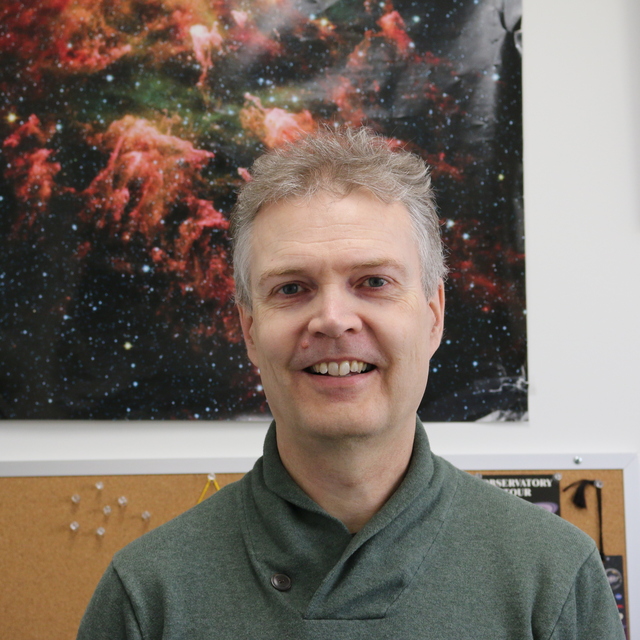February
2004
•
2004AJ....127..765L
Authors
•
Laine, Seppo
•
Zheng, Jia-Qing
•
Valtonen, Mauri J.
Abstract
•
The analysis by Fitchett & Webster of the observations of the Coma cluster of galaxies has demonstrated that the center of the Coma Cluster consists of two subclusters. Therefore, it is important to construct realistic dynamical models of a galaxy cluster with two mass centers. Our previous N-body models for the Coma Cluster consisted of point masses or particles with simple interaction properties. In the current paper, we employ a more sophisticated N-body code, which includes dynamical friction, mass exchange, and mergers between galaxies. Our starting point is a model where the two subclusters form a binary system. The rest of the cluster galaxies are in nearly radial, bound orbits around the center of mass of the binary. The initial galaxy densities and velocities are chosen according to a particular cosmological model. At the end of the N-body simulation of 250 galaxies, we extract the projected galaxy surface density and radial velocity dispersion profiles as a function of the distance from the center of the mass of the cluster. With certain initial parameters, excellent agreement with observations is obtained. In such models, the use of the virial theorem in the standard way gives an overestimate of the cluster mass by a factor of about 3. Therefore, the true mass of the Coma Cluster should be smaller than the usually quoted value by the same factor. The mass-to-light ratio of the Coma Cluster should be about 100 in solar units, in agreement with the analysis of the X-ray data by Cowie et al.
Links




